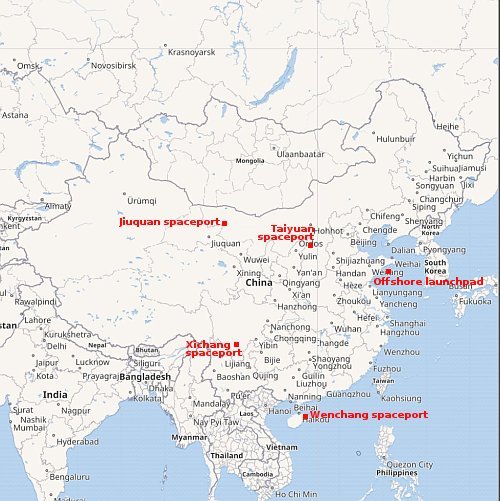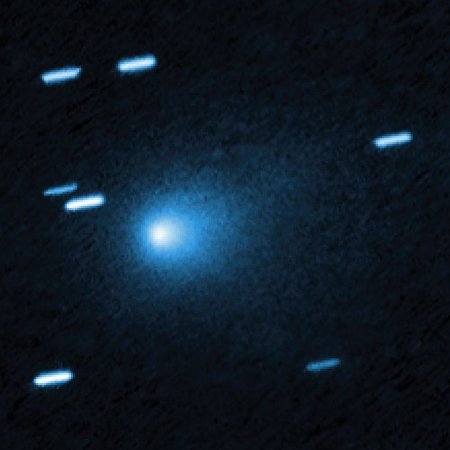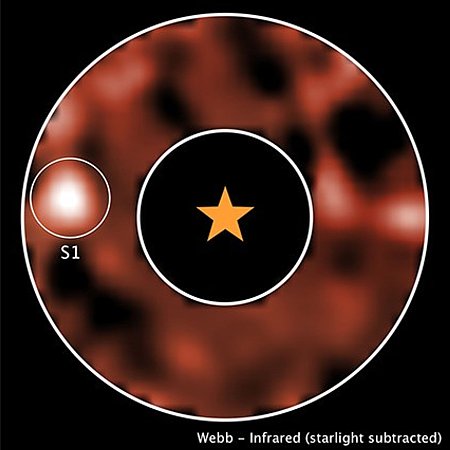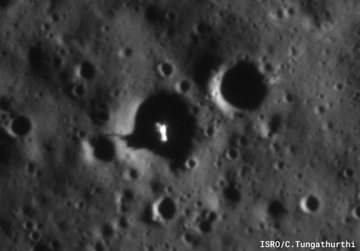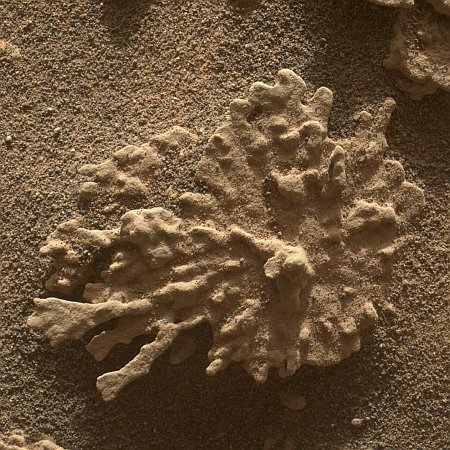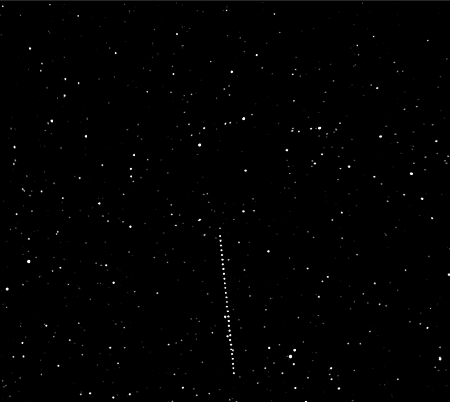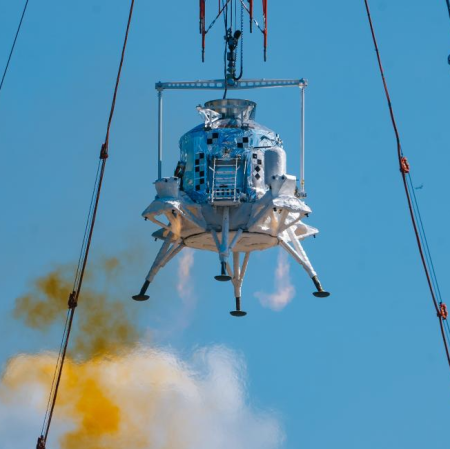Starlink now available in Israel
After a year of regulatory paperwork, the Israel government has finally allowed SpaceX to offer Starlink to customers in Israel proper, but not in the West Bank or Gaza.
The company received an operating license from the Communications Ministry last year, following lengthy negotiations and regulatory procedures, but its launch was delayed until now. The restriction on coverage in the West Bank and Gaza is likely due to security concerns over potential use by hostile actors.
Expect the usual leftist anti-Semites to accuse Israel of bigotry for excluding access to Palestinians, but until those Palestinians show some willingness to live with Israel in peace (something they so far show no signs in doing, especially in Gaza), this policy makes perfect sense.
After a year of regulatory paperwork, the Israel government has finally allowed SpaceX to offer Starlink to customers in Israel proper, but not in the West Bank or Gaza.
The company received an operating license from the Communications Ministry last year, following lengthy negotiations and regulatory procedures, but its launch was delayed until now. The restriction on coverage in the West Bank and Gaza is likely due to security concerns over potential use by hostile actors.
Expect the usual leftist anti-Semites to accuse Israel of bigotry for excluding access to Palestinians, but until those Palestinians show some willingness to live with Israel in peace (something they so far show no signs in doing, especially in Gaza), this policy makes perfect sense.

